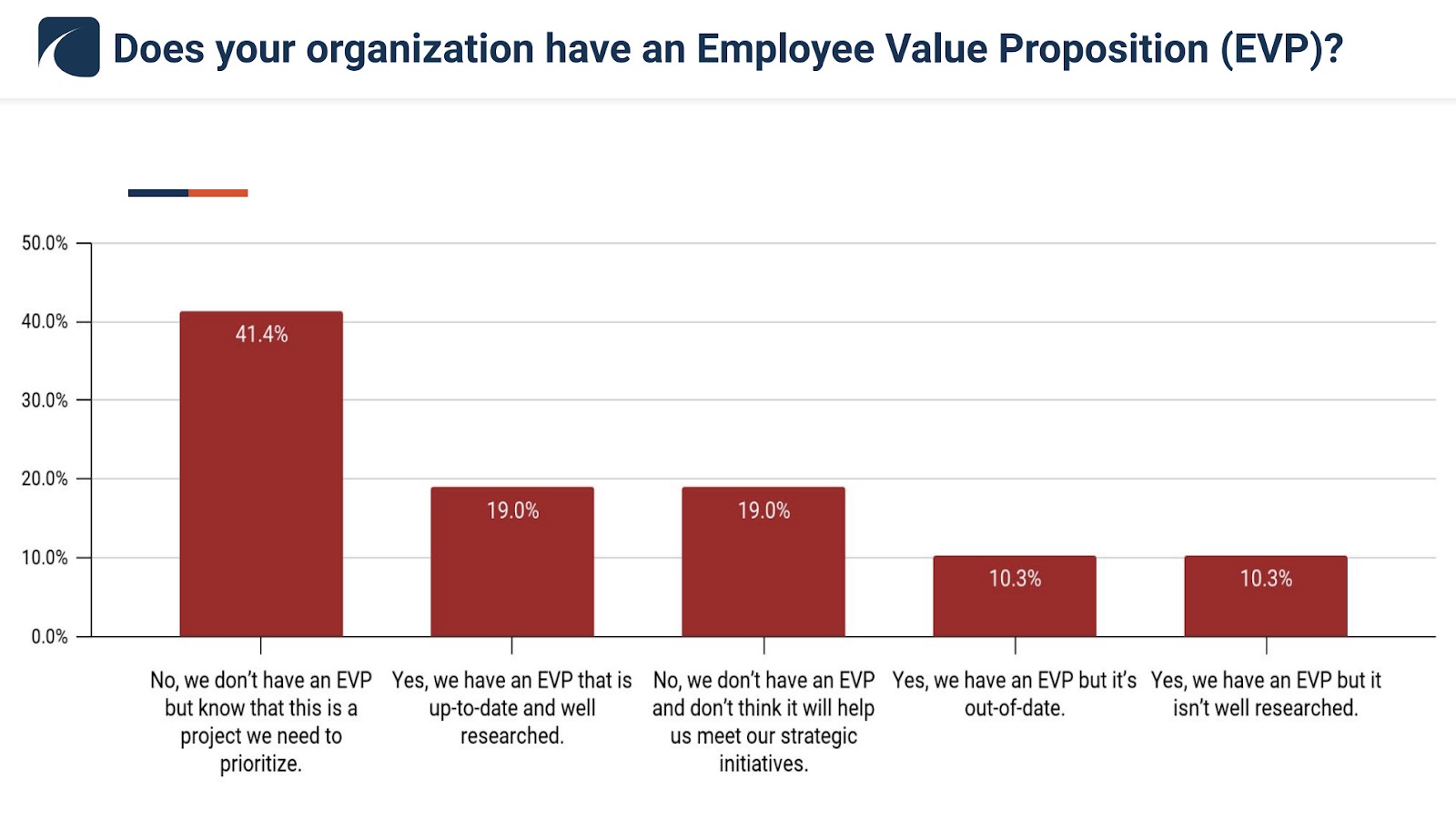 (Photo: Shutterstock)
(Photo: Shutterstock)
The pressure is on for businesses to tap into prospective employees' interests as the job market remains hot. Factors such as remote work becoming the new normal, rising salary expectations and shorter hiring cycles are all reshaping the workplace, titled in employees' favor. Organizations are refreshing traditional employee value proposition (EVP) strategies to stay competitive and attract top talent. Employees' values have evolved, and many workers are no longer willing to stay with organizations if their needs and values are not aligned.
The purpose of a strong EVP
A company's EVP is a unique set of rewards and benefits employees receive in return for the time, knowledge and skills they bring to the position. It's imperative companies have a clear and structured set of values to position themselves as a great place to work. Companies will attract the right talent by communicating this clearly to potential candidates. Whether messaging around it is created intentionally or not, every organization has an EVP, and the EVP will vary depending on the organization, even among companies within the same industry. The key is to pinpoint specific offerings and carefully craft the message in a way that appeals to the target audience. By communicating the value of working at your company, workers are able to draw parallels with their own values and assess if the opportunity is in alignment with what they're seeking.
Recommended For You
A well-crafted EVP helps define an organization's core purpose, serving as a guiding framework from both employees and employers alike. According to the HireClix Annual Recruitment Marketing Survey, 41.4% of companies don't have an established EVP even though they recognize its importance (see chart below). By not actively building out an engagement strategy and turning a blind eye, companies are losing out on today's best candidates and alienating those who were previously interested. The most effective EVPs use research to identify what an organization provides and what the desired workforce wants and needs. The EVP lies at the intersection of those two lists.
 Why aren't organizations prioritizing the development of EVPS?
Why aren't organizations prioritizing the development of EVPS?
Organizations aren't prioritizing the development and marketing of EVPs for two primary reasons. First, effective EVP research and discovery is labor and resource intensive. Many organizations don't have staff with the appropriate skills and time available to conduct, document, and synthesize the research. Second, many talent acquisition organizations narrowly focus on generating a greater volume of applicants rather than improving the quality of applicants. Some spend more resources on advertising and sourcing any candidate over actively attracting the right candidates. An all-encompassing, developed, and well-marketed EVP can narrow your candidate pool to individuals who are best qualified for the roles and match your organization's values. These individuals are typically more engaged, perform better, and stay longer than individuals who are not a match.
Developing a meaningful EVP in a candidate-driven job market
Organizations can take key steps to refresh their EVP and refine its place in today's evolving workforce. Doing so can help create a strong brand identity, satisfied candidates and happy employees. To refresh your EVP, consider these three steps:
- Conduct internal research. This research should be an adequate pulse check on employees' perspectives through the use of surveys and focus groups. To accurately represent your offerings to all audiences, it's important to understand how employees view your company.
- Conduct external research. Next, you want to find out what the target talent audience is looking for when choosing the next move in the career. This can be done through a survey embedded within the job hiring process, followed up with a focus group to better understand why the selected factors are most important.
- Dig into the data. With the survey results, focus groups and follow-ups, you now have internal and external data to assess your workplace's strengths and areas for improvement. Marry the quantitative and qualitative data to conclude what your authentic offerings are and what your internal and external audiences desire. This framework will provide an understanding of specific unique value propositions for particular audiences.
Related: New year, new hiring challenges? Take a candidates-first approach
Once your research, data collection, and analysis are complete, you're ready to update your EVP statement with a refreshed outlook. Your distinctive offerings and prospects will be more clearly communicated to current and potential employees, allowing your company to differentiate itself from the competition and establish connections with those who are most likely to share similar values and beliefs, contributing to a more defined culture and overall stronger brand identity.
Kara Yarnot is VP of Strategic Consulting Service at HireClix.
© 2025 ALM Global, LLC, All Rights Reserved. Request academic re-use from www.copyright.com. All other uses, submit a request to [email protected]. For more information visit Asset & Logo Licensing.








